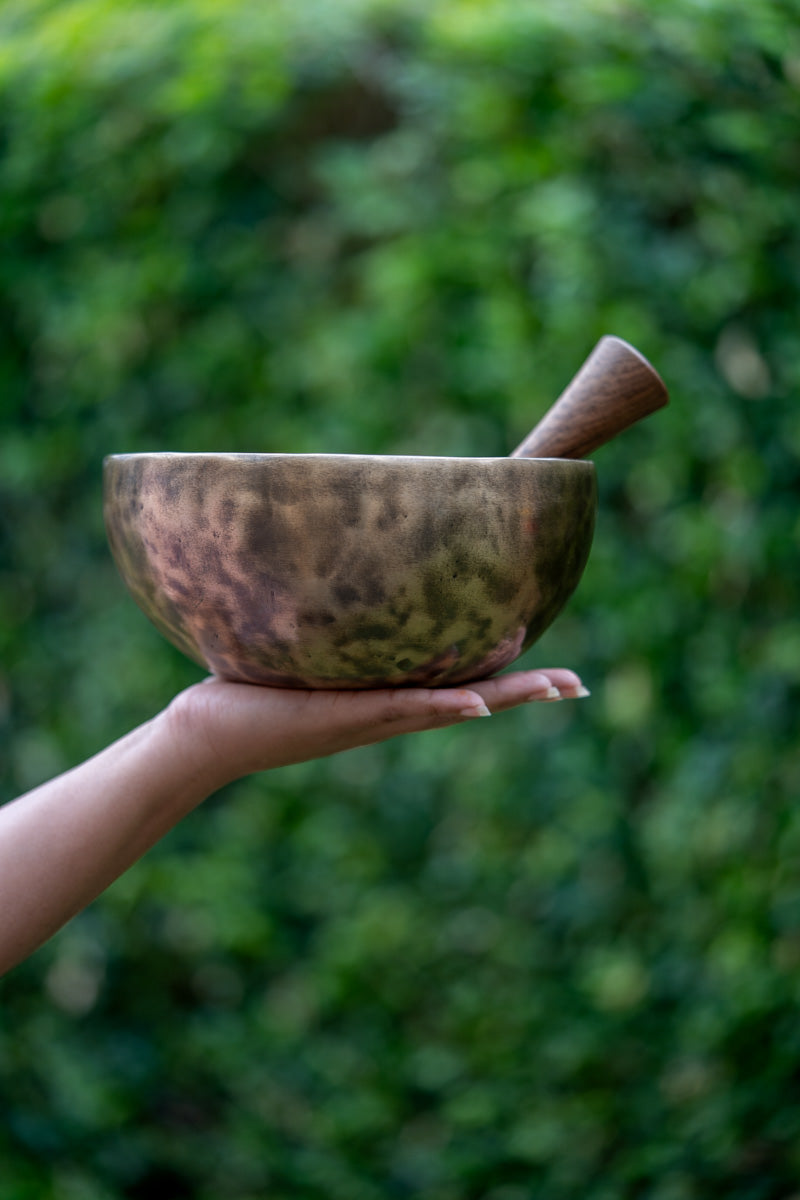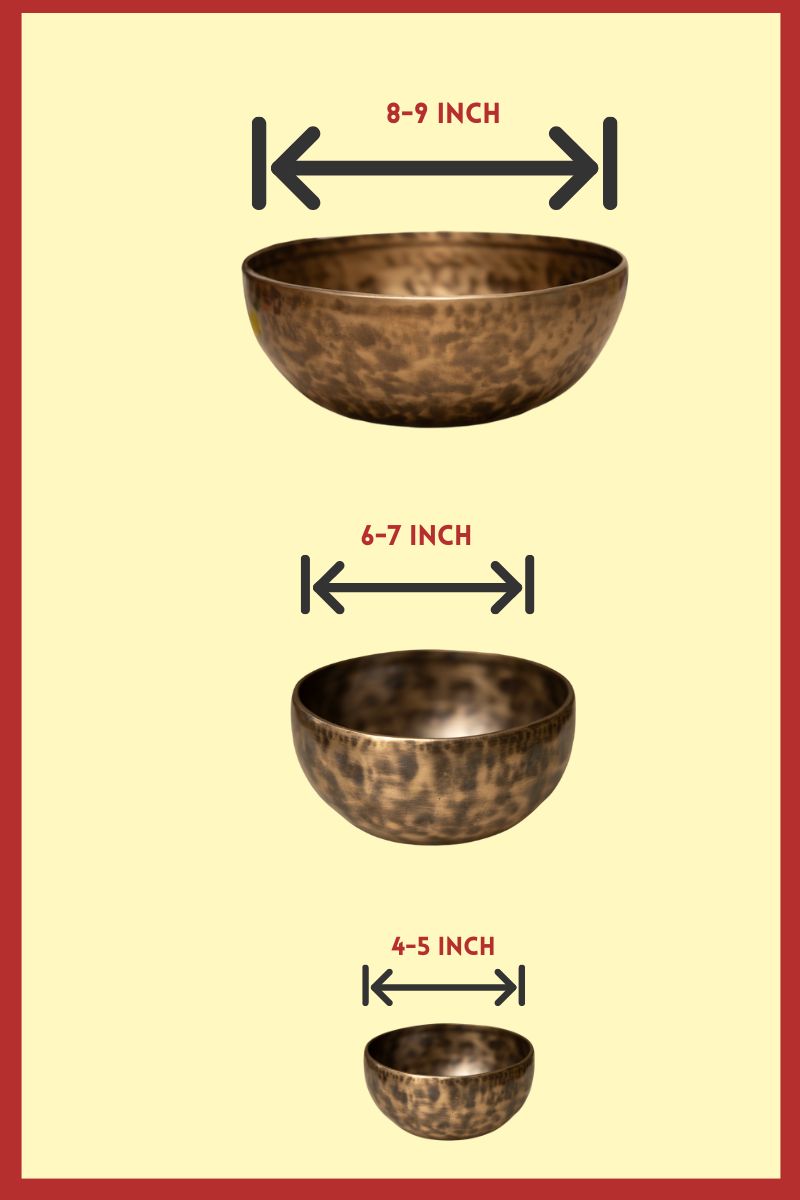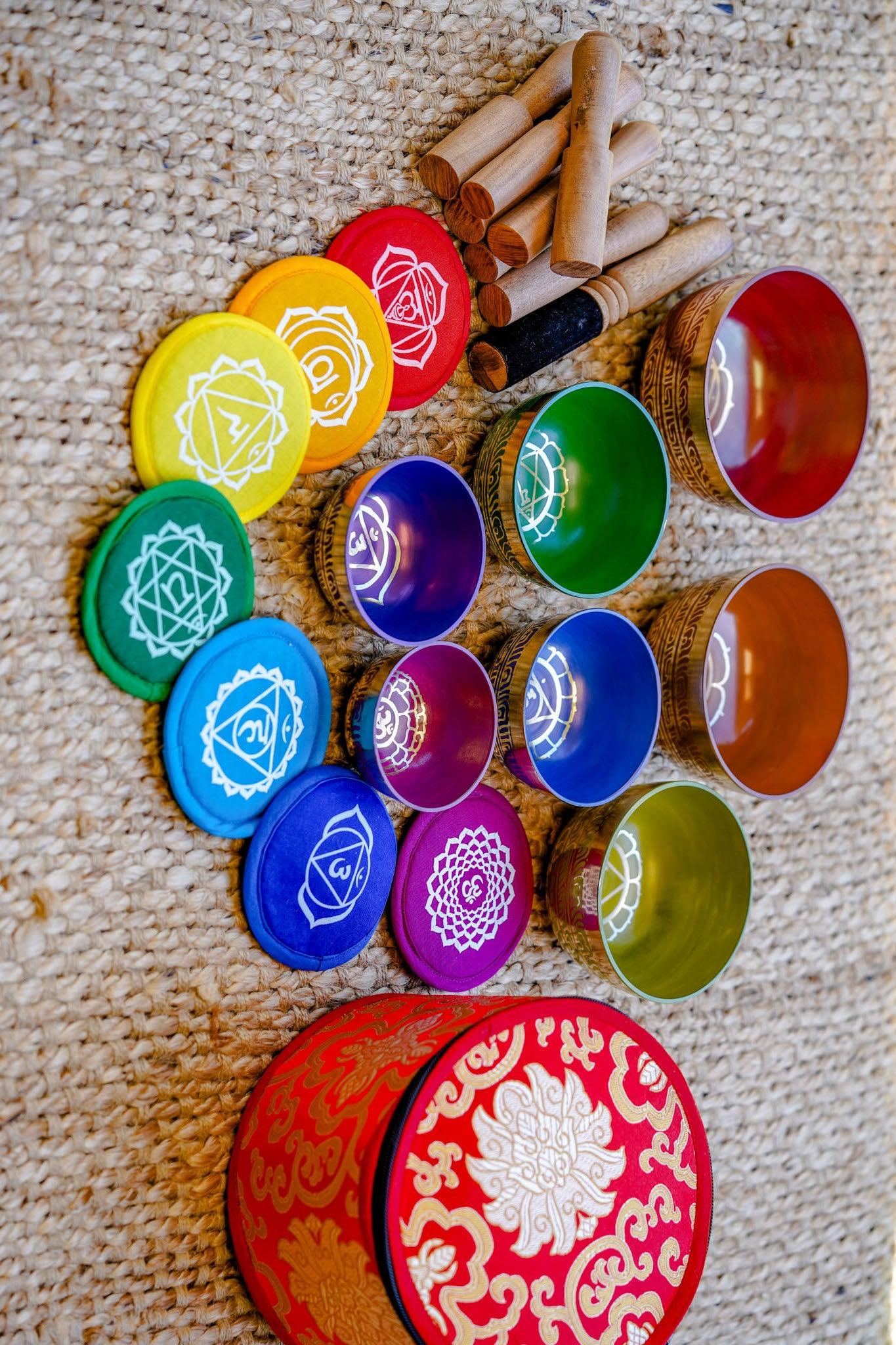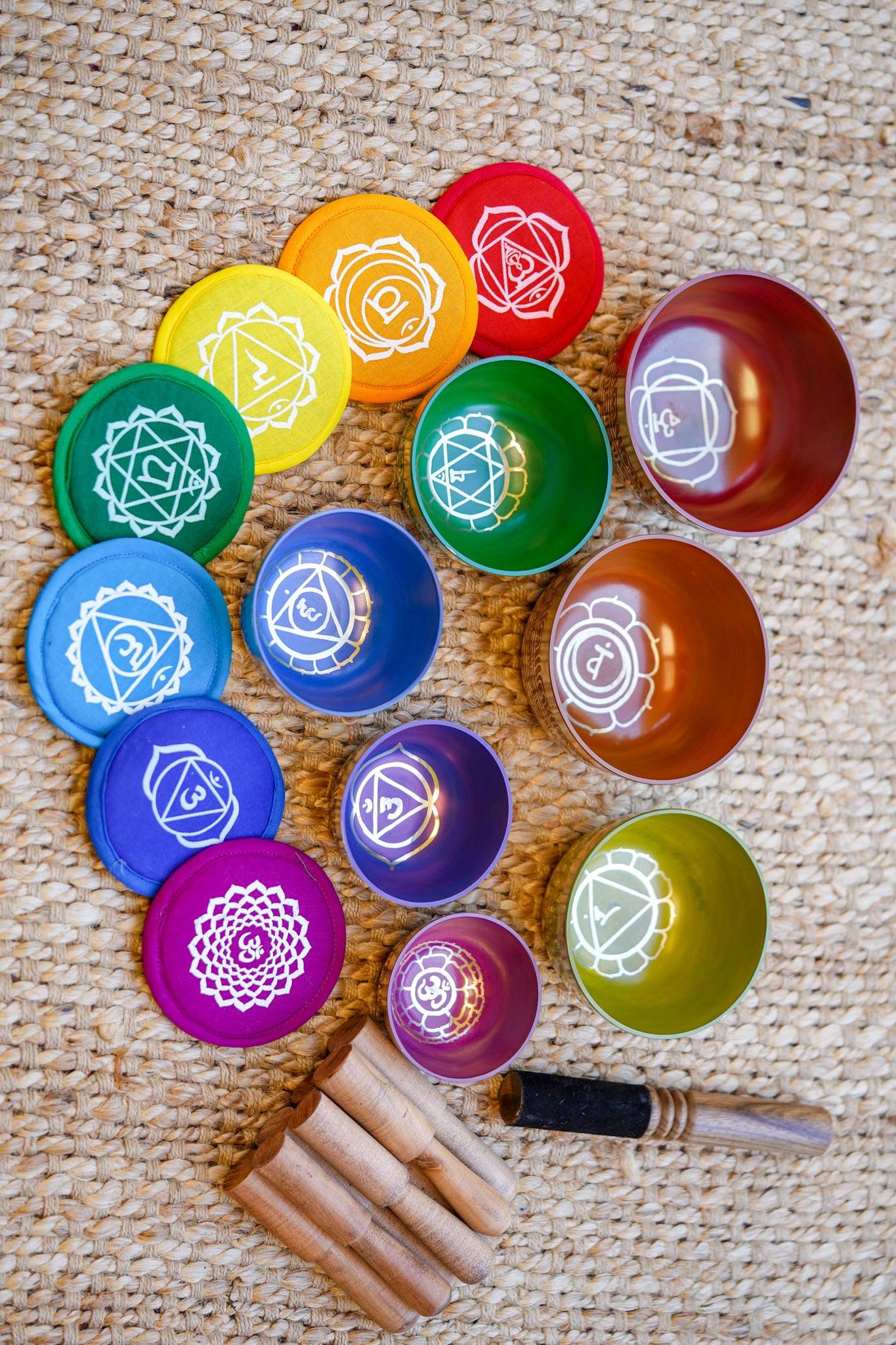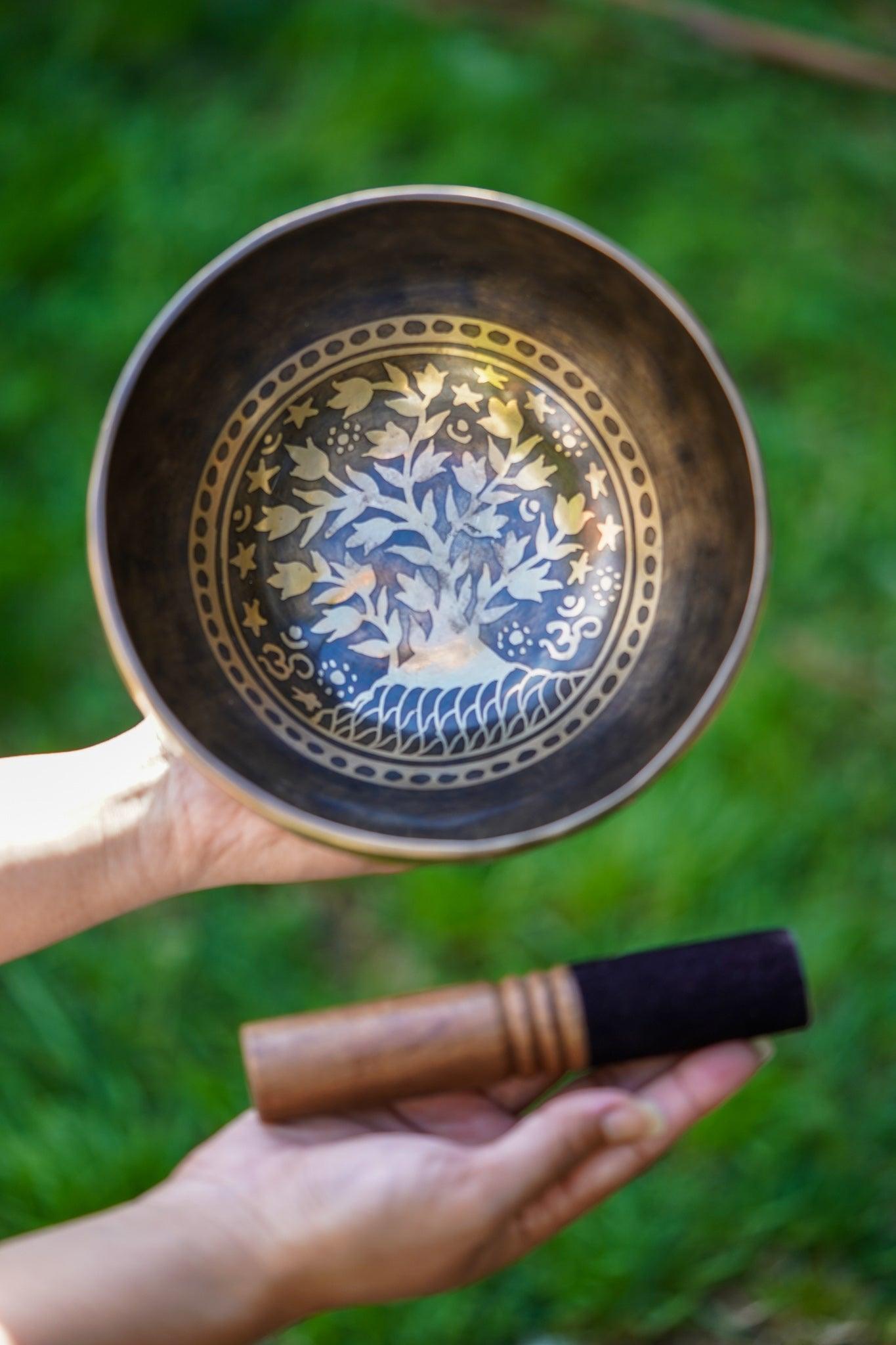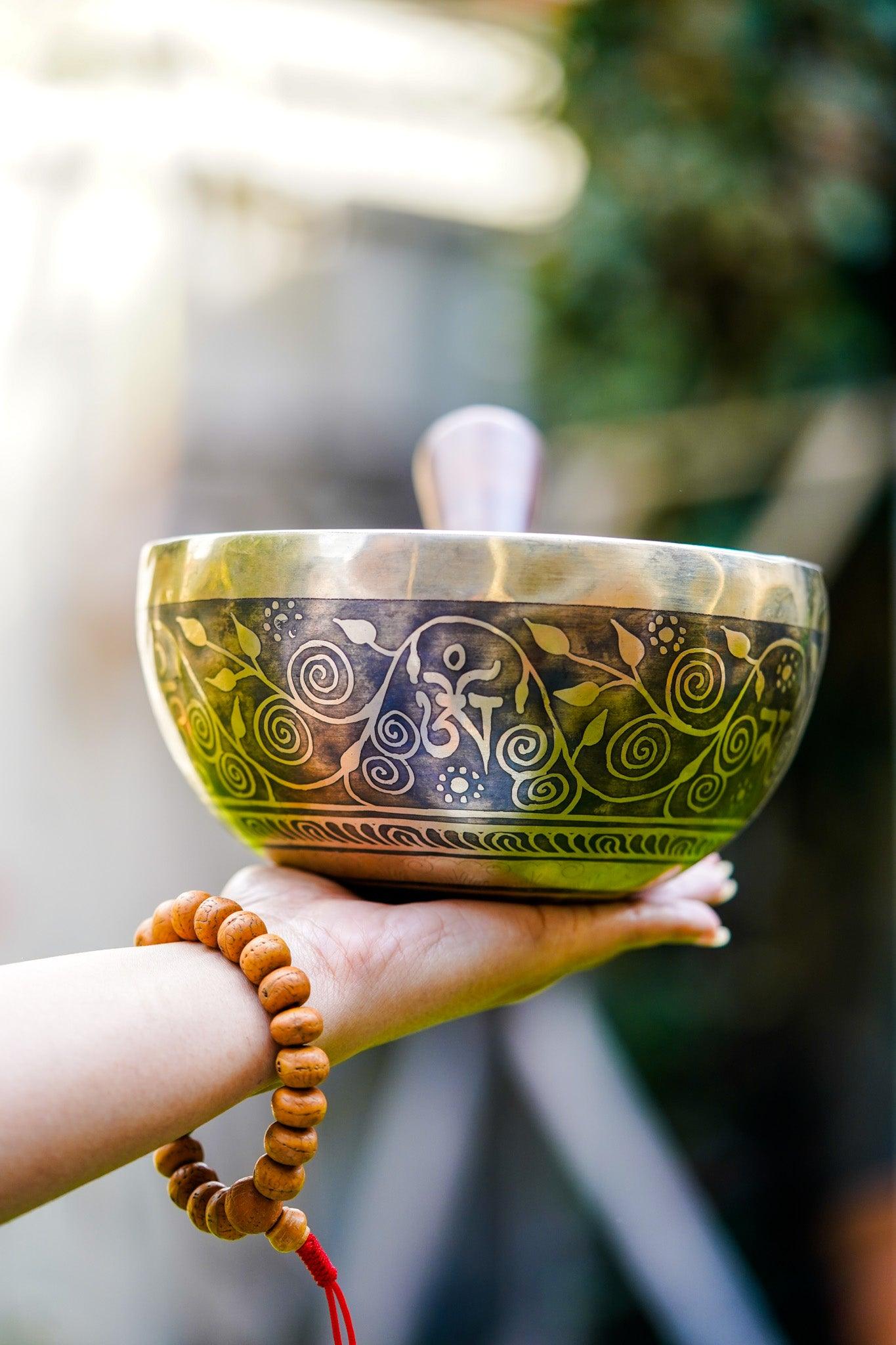Did you know, In Buddhism even a mound of dirt can represent the Buddha or an enlightened person, but only when the mound of dirt is a stupa. Stupa is one of the most important architectures in Buddhism.
It is a hemispherical structure containing relics of (either of Buddha or of Great Masters) that is used as a place of meditation. Stupa is also commonly known as the “Chaitya”. From the earliest time stupa holds an important ritual and devotees usually does circumambulation or pradakshshina path around them.
Talking about the architectural meaning of stupa, it has a symbolic representation of the Buddha. The buddha wearing the crown, sitting on the meditational posture and on a lion throne. The top spire of the stupa represents his crown, the square spire’s base is the head, the vase shape of the stupa is his body, the steps of the lower terrace represent his leg and the base represent his throne.
These five shapes also are associated with the five elements:
- The square base symbolizes earth.
- The hemispherical dome/vase symbolizes water.
- The conical spire symbolizes fire.
- The upper lotus parasol and the crescent moon symbolizes air.
- The sun and the dissolving point symbolize wisdom.
One may find all stupas are same, but in reality, there are Eight different types of Stupas. And each stupa is associated with major events took place in Lord Buddha’s life. Starting from the birth till his death.

Lotus Blossom Stupa
This stupa signifies the birth of Siddhartha Gautam, a prince who later became "Lord Buddha". He was born in Lumbini, Nepal in 6th century BCE. At a time of his birth, he took seven steps in all four directions. And in each direction the lotuses blossom which represents the love, compassion, joy and equanimity also known as the Brahmaviharas.

The lotus blossom stupa has a circular shape, in the lower level there are four steps and is decorated with lotus petal design. In some Stupa the seven heaped lotus is also made representing the first seven steps taken by Buddha.
Enlightenment Stupa
This stupa symbolizes the attainment of enlightenment by Siddhartha Gautam when he sat below the Bodhi tree in Bodhgaya. On the evening before Buddha got enlightenment, he removed the last obstacles and subtle in his mind which is also represented as "Conquest of Maras”.
Buddha sat down the tree for 49 days and attained the enlightenment and understood the true meaning of all things. Realizing the nature of things, he understood like him all beings have same potential for enlightenment. This stupa represents the attainment of enlightenment by 35 years old Buddha when he sat down under the Bodhi tree in Bodh Gaya. This is also a place where he conquered worldly temptation and attacks, manifesting in the form of Mara.

This stupa is also known as “Stupa of the Conquest of Mara”. This stupa has plain design and is in rectangular shape.
Stupa of many doors
This stupa is also call “Wisdom Stupa” and was built when Buddha gave the first teaching in Varanasi about Four Noble Truths. This is the point when Buddha began to “turn the wheel of Dharma” and began to teach the path for reaching enlightenment to others.

This stupa is known as "Stupa of Many doors" because there are many doors and steps which symbolizes the opening of doors of the Dharma. In the Deer Park at Sarnath (near Benares, India), Buddha met and gave his first teaching to his five ascetics (first disciples) who had been his companions in meditation on the bank of Nairanjara River. The series of doors on each side of steps symbolizes the first teachings: Four Noble Truth, the Six Paramitas, Noble Eightfold Path and Twelve Nidanas.
Stupa of Descent from the God Realm
When Buddha was 42 years of age, Buddha gave teaching to his mother in the heaven of Thirty-Three gods. His mother Mayadevi was reborn as a celestial realm called Tushita Heaven and to repay her kindness, Buddha spent a summer retreat in Tushita for three month and taught her the path to enlightenment.

The Buddha’s descent from this realm back to earth is symbolized in this stupa and this stupa has ladders on each side. This Stupa symbolizes the Buddha’s return from the celestial realm to earth so that he can continue the teaching to all sentient beings. Each side of the stupa has stairway in the center of the four steps.
Stupa of Great Miracles
When Buddha was 50 years old, he was challenged to demonstrate his realization. The Buddha then performed different miracles for continuous 15 days, at Shravasti. This stupa symbolizes these various miracles Buddha performed, later a person called Lisabi built this stupa in Jetavana Grove in Shravasti. Later the Licchavi Kingdom of Nepal raised to commemorate the event.

This stupa is also called “Stupa of Conquest of the Tirthikas”. The stupa has four steps in each of the four direction have central extensions.
Stupa of Reconciliation
When the cousin of Buddha named Devadatta had caused a split within the community of practitioners of Dharma due to disagreement, Buddha lighted them with his wisdom and reunited the split into one. To symbolizes this reconciliation of Sangha, this stupa was built.

This stupa is in octagonal shape with eight corners and eight sides.
Stupa of Complete Victory
Also known as the “All Victorious Stupa”, this stupa symbolizes the power of Buddha prolonging his life when agreed to extend his life by three months, when one of his followers has pleaded with him not to pass away. This stupa is also widely known for it’s healing power.

This stupa is in round shape and has only three steps.
Stupa of Nirvana
This Stupa is also known as “Parinirvana Stupa” and symbolizes the death of Buddha when he was 80 years old or Buddha’s leaving the conditioned existence. It was Kushinagar where Buddha left this world and made journey to Nirvana. On his final words, Buddha advised his disciples to be diligent and continue their effort to attain enlightenment. And lying on the right side and in a state of profound mediation, he left the world and went nirvana.

This stupa has a shape of a bell which symbolized perfect wisdom and there are no steps in this stupa.


